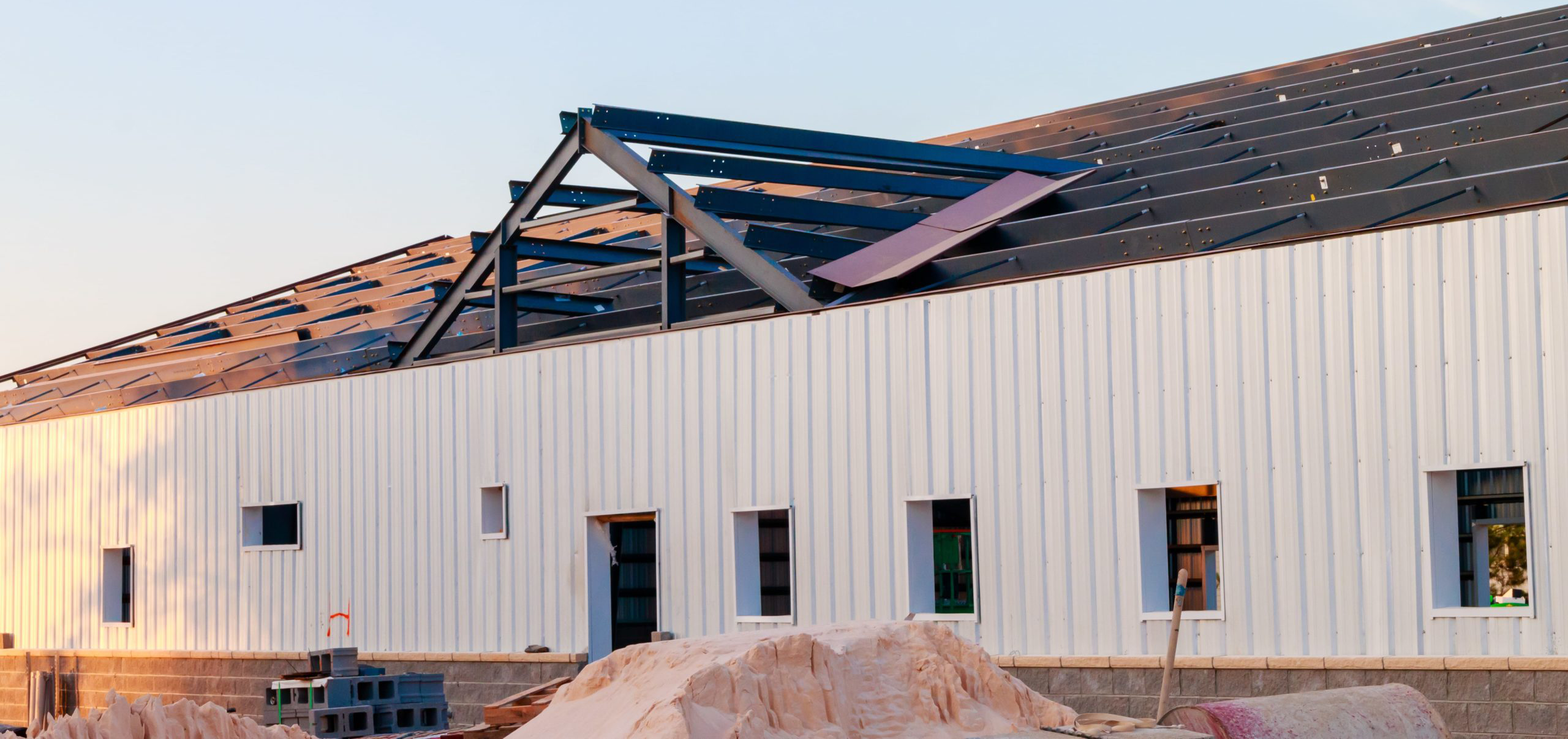
Risk Management and Emergency Facilities

Building Efficient Mission-Critical Facilities With Risk Management in Mind
In the next thirteen years, the world’s population is expected to increase by over one billion people. With this rapid growth comes the overwhelming need for more risk management and emergency facilities, from firehouses to police stations. But how has technology changed the way mission-critical buildings are designed, built, and operated? Much like your cellphone, the technology that used to be considered a frivolous luxury is now essential to our everyday lives. To maintain high levels of performance, mission-critical buildings need the most up-to-date, reliable infrastructure possible. The most successful facilities will be built with energy efficient, reliable technology in a flexible, scalable setting.
Energy Efficiency in Critical Services
As the need for emergency services increases to accommodate a burgeoning population, so will the demand for energy efficient solutions. When expanding into a new critical services facility, choosing sustainable building materials is the first step toward energy efficiency. For example, prefabricated steel buildings reduce energy expenditure over the life of the structure. It makes a difference for more than just the environment – properly installed eco-friendly insulation, and a tightly sealed space can dramatically reduce heating and cooling costs. Choosing the right building materials will also decrease overall waste. Unlike wood and other organic materials, steel is resistant to the elements, including severe weather and pests. An energy efficient facility built with steel will never waste resources, such as environmentally devastating chemical treatments and costly material replacements.
Reliable Power for Emergency Services
Emergency services need reliable, uninterrupted power to serve the community under every condition, whether it’s sunny and 75 degrees or in the throes of a natural disaster. Builders and designers should have a thorough understanding of local utilities before beginning the process of site selection. Sturdy building materials protect the community’s emergency personnel and resources from a variety of harsh weather conditions. Prefabricated steel structures are custom designed to withstand severe winds, earthquakes, heavy snowfall, and more. While steel makes a very reliable building material, it’s also an essential part of non-structural elements. Utilities like interior ducting should be built with the longest-lasting, most low maintenance materials. Speed to Market Prefabricated steel structures have a significantly lower initial cash requirement than other materials like tilt-wall concrete. By lowering initial costs, mission-critical buildings can begin construction and start serving the community faster, even with customizations in mind. It’s easy to design the buildings to fit the exact needs of the community with rolling doors, flexible wall panels, and open concept spaces unhindered by support beams. Once more, the fabrication is all completed off-site and delivered to the construction site at once. Contractors and erectors can begin the assembly process with all the different steel members bolted together. The bottom line in risk management facility construction is efficiency. While many facilities will require customizations to best suit the needs of the community, mission-critical buildings should also be easily replicated for the growing demand around the world. Steel tackles both of those issues by providing superior flexibility and fast construction. For more information on Office Spaces, CLICK HERE or give us a call 888-783-3535. You can also reach us on Twitter at @coastalsteel. Also, don’t forget to subscribe, share and comment! Follow us on:
LETS WORK TOGETHER ON YOUR DREAMS!
Are you ready to start your steel building journey? Request a quote today and speak to one of our experienced team members to set you up for success and make your vision a reality!
GET A QUOTE